The decline in the bee population across the world is a looming crisis that calls for attention and action. Despite several conservation efforts being made world-wide, these important pollinators continue to remain endangered on account of the unchecked urban development and unsustainable practices that now plague the normal functioning of our ecosystem. In the face of an impending bee crisis, an innovative product like the Bee Brick by Cornwall based firm Green & Blue Design Studio is a welcome addition to the long list of modern product designs.
Designed with the intention to accommodate bees in close vicinity to the human population, the Bee Brick is another product in the long list of sustainable designs created by the studio. Founded in 2005, Green & Blue Design Studio is a UK based firm that operates around the concept of sustainability and focuses on creating products that can induce a positive impact on wildlife, while also featuring beautiful and stylish designs. Some of their earlier creations include Swift Block and the Bat Block.
More than a third of the world’s food supply comes from zoophilys and bees are the most efficient and important pollinators on the planet, with over 20,000 different species. Solitary bees, unlike their honeybee cousins, don't have a queen or honey to protect, making them an immensely docile insect, ideal to be around humans without stinging them. A single solitary bee pollinates the same amount as the 120 honeybees, making them perfect for shaping local ecosystems and help balance biodiversity.
The interesting structure of the Bee Bricks feautures open cavities on the facade, allowing solitary bees to use the space for nesting, while being cradled in the middle of a wall that overlooks gardens, terraces or streets. Built in the shape and size of a traditional brick, they can easily be used adjacent to regular bricks, thus converting a portion of the wall into a tiny home for nature’s little helpers. Bee Bricks are made of concrete, with 75% of its materials derived from recycling the waste created by the Cornish China Clay Industry.
The Bee Brick is the perfect product for both design and nature lovers, allowing users to add an attractive and unique element in their living spaces, soaking nature in. The tiny cavities in the exposed side of the brick serve as the perfect nesting chambers as solitary bees lay their eggs, then cover the holes with mud, sediment and chewed-up vegetation to seal the opening. The different colours and textures also make the Bee Brick an exciting design element, with its small burrows mimicking the natural landscape.
Recently, the City Council of Brighton and Hove in the United Kingdom passed bills declaring that any building above the height of 5 metres will need to incorporate Green & Blue’s Bee Bricks. Though more studies and research needs to be done on solitary bee behaviour and the efficacy and long-term environmental impact of the Bee Brick needs to be assessed, the design philosophy behind the product is one that needs to be incorporated into our living spaces in order to push sustainability and ecological harmony further.






 Sign in with email
Sign in with email



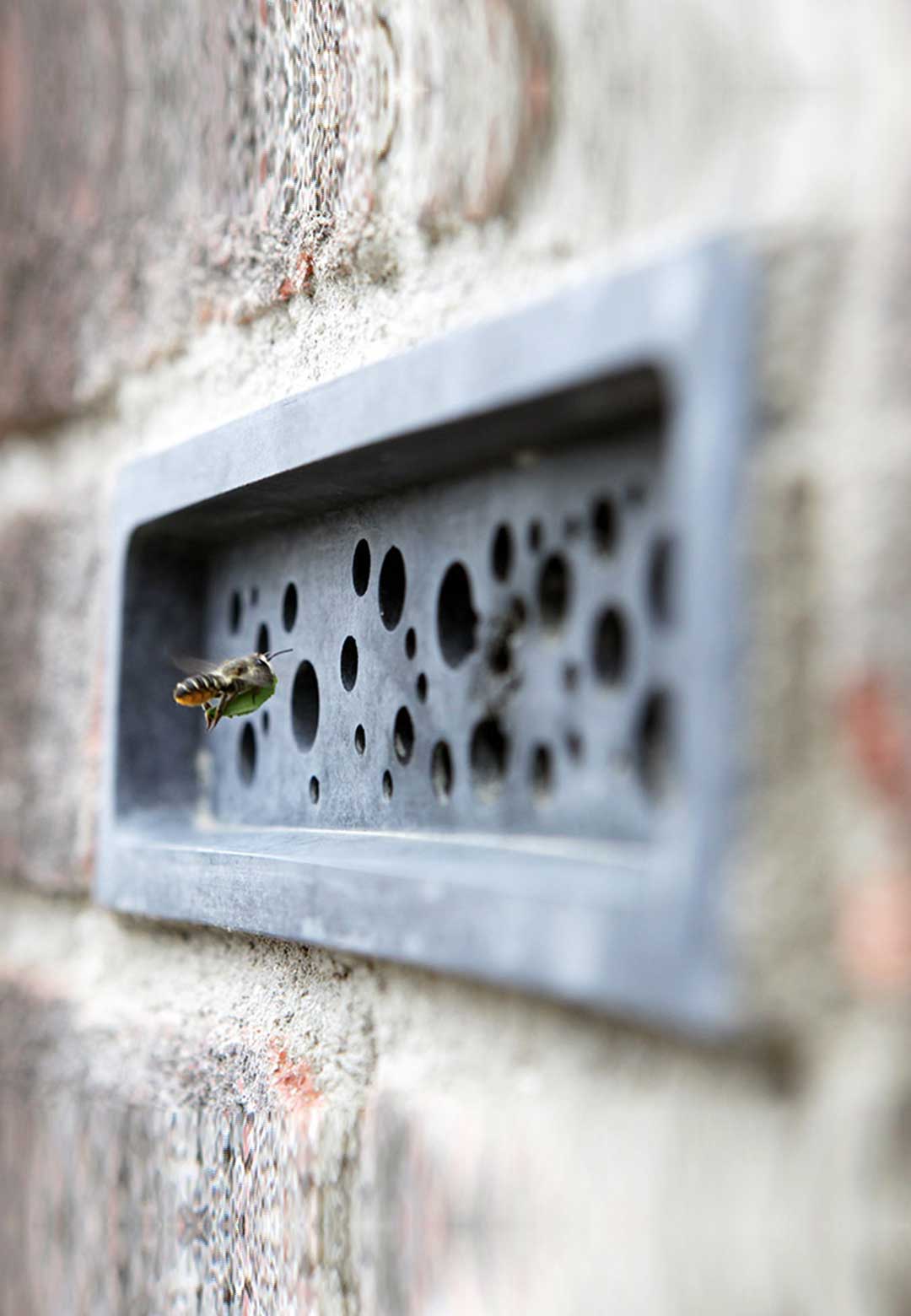
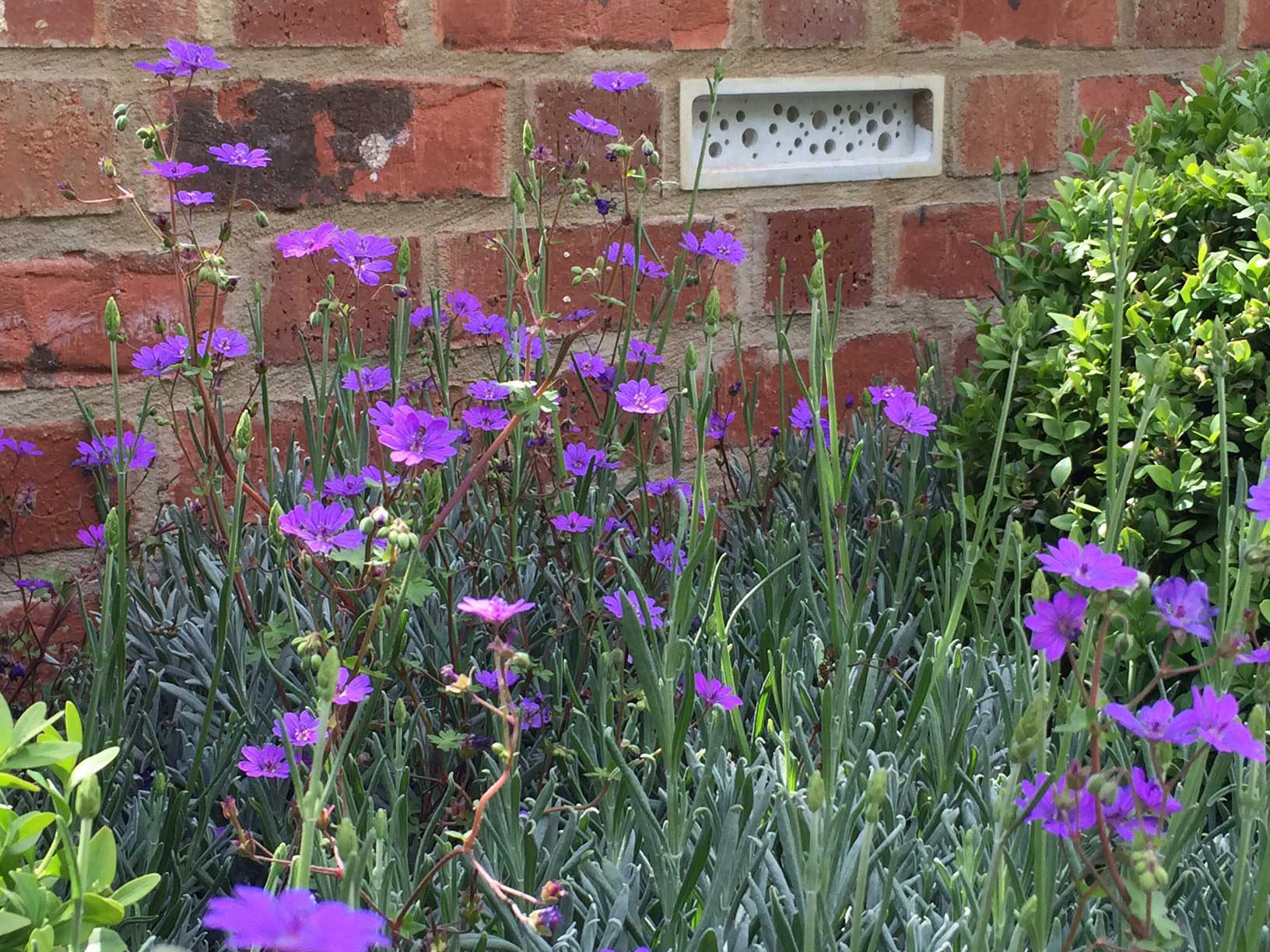
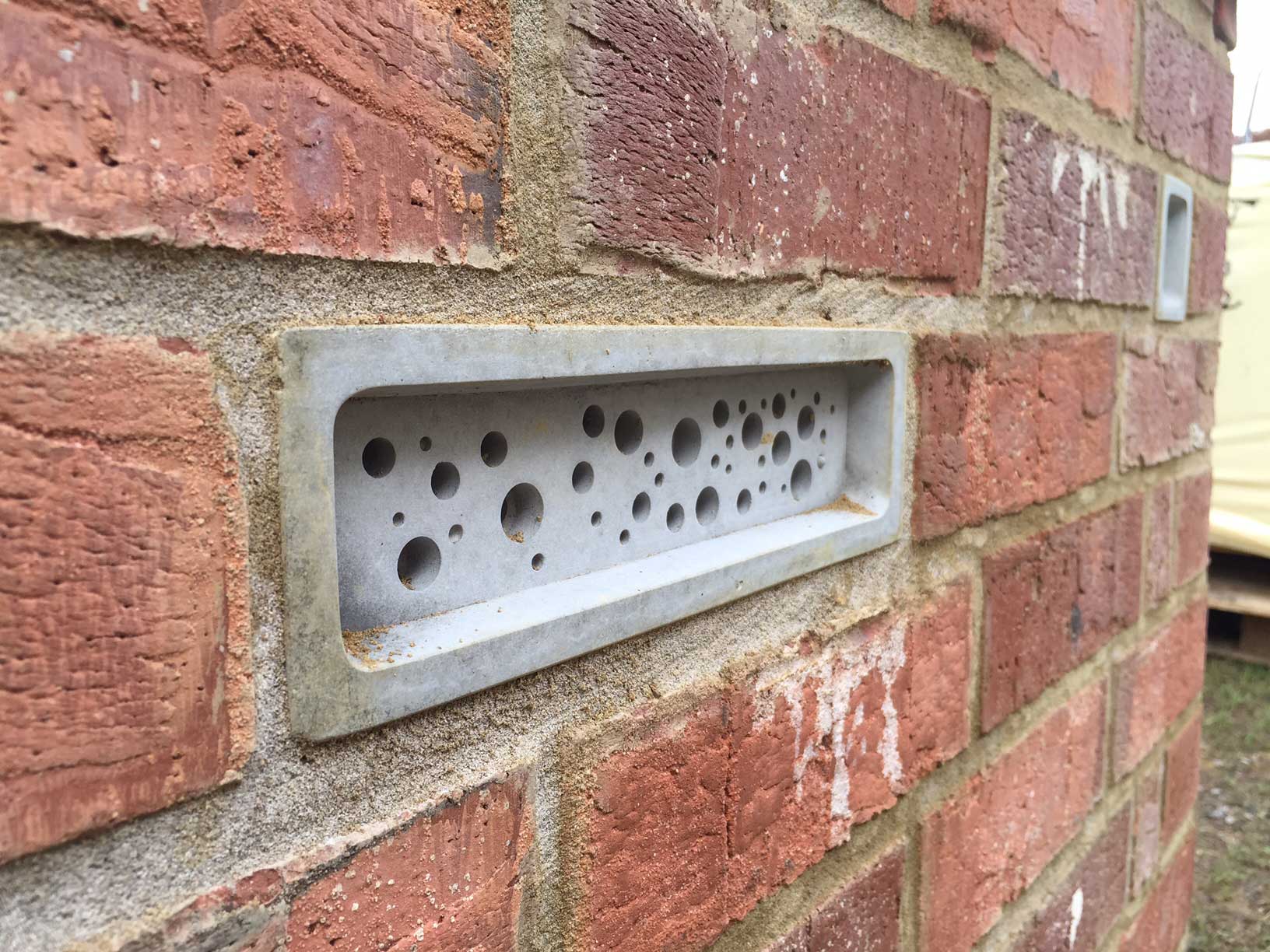
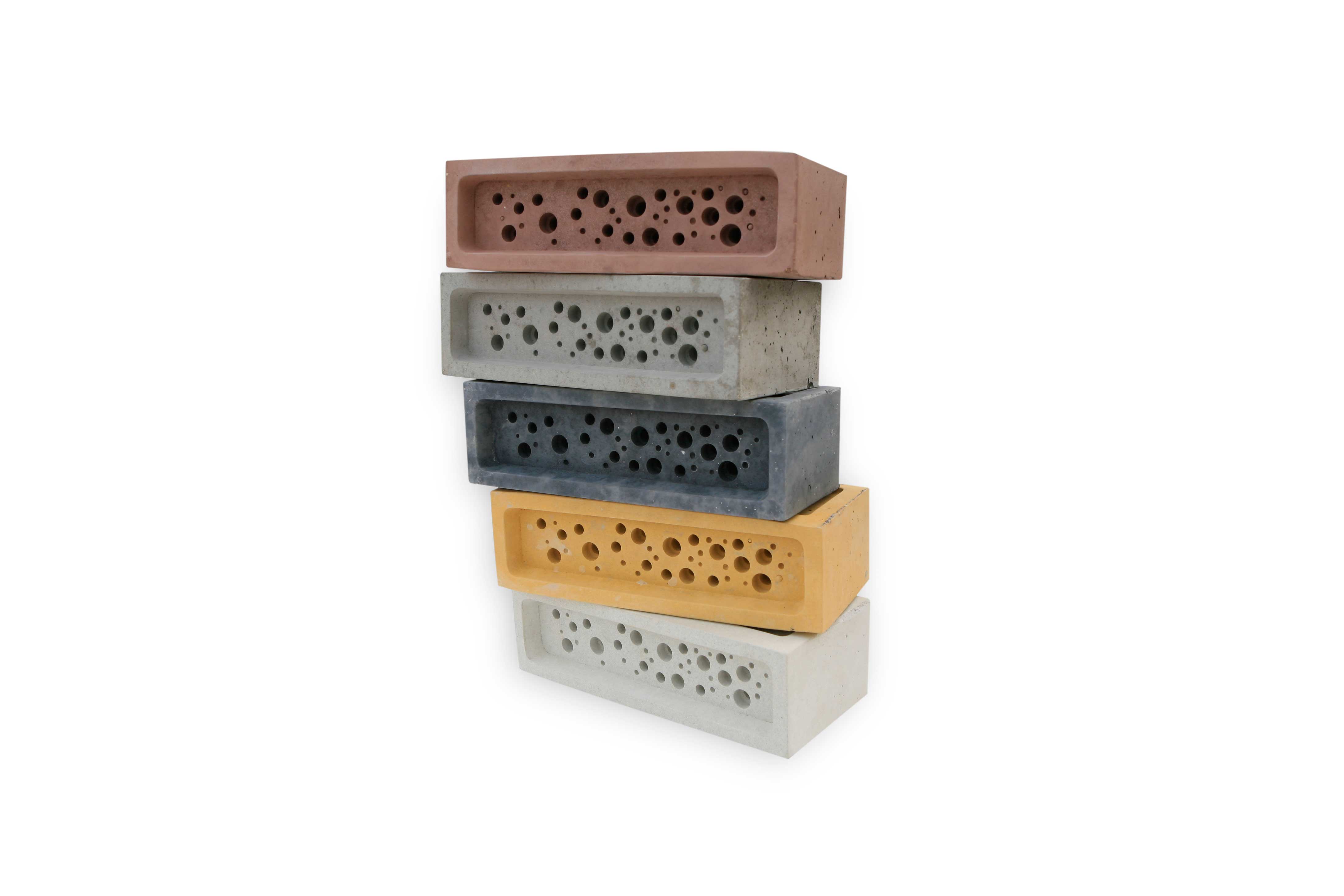
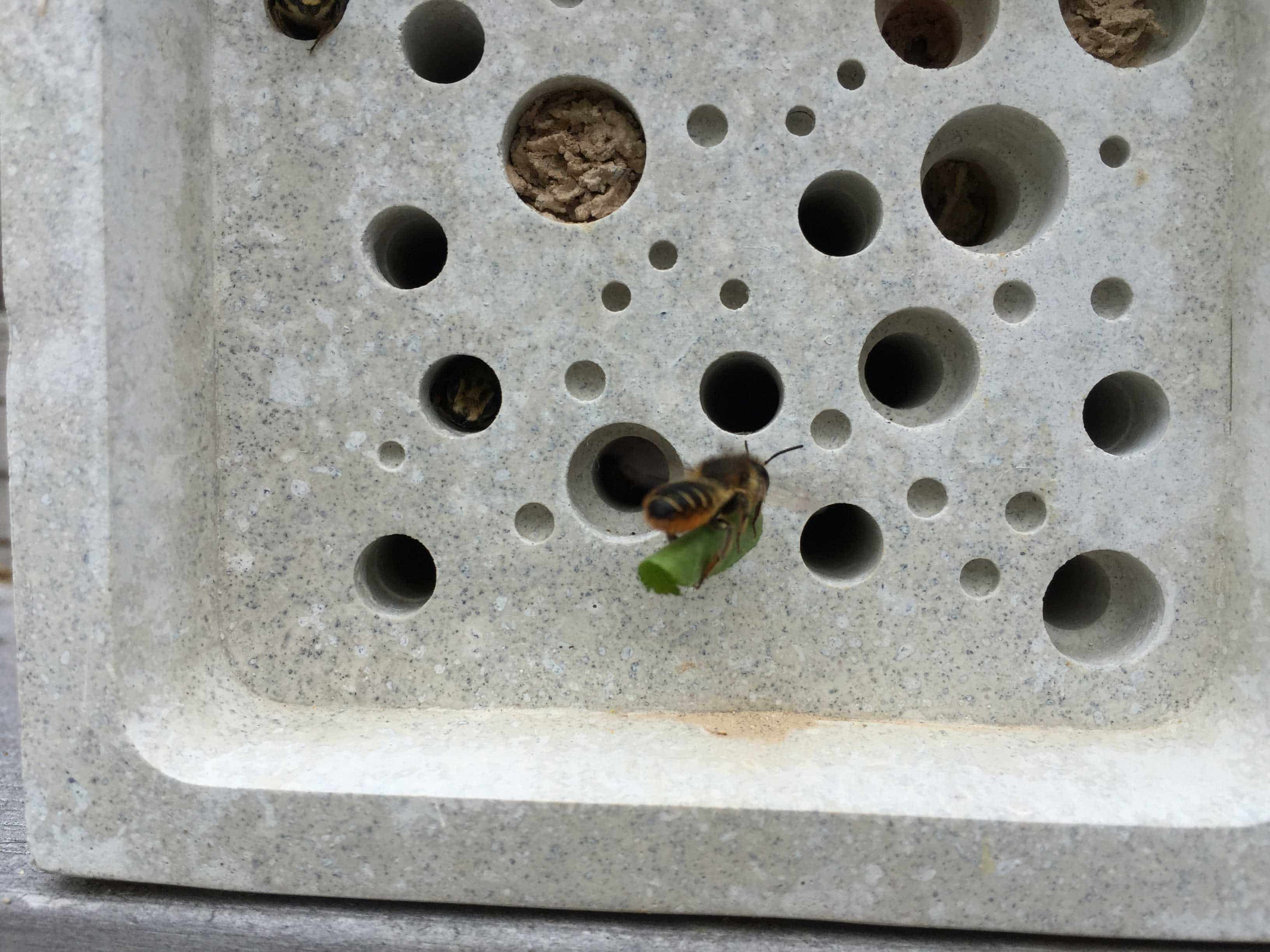




What do you think?